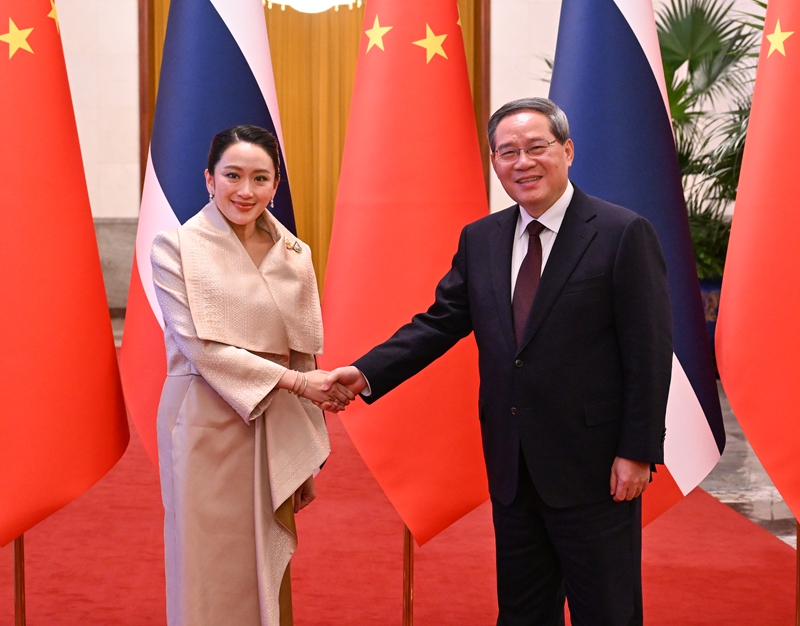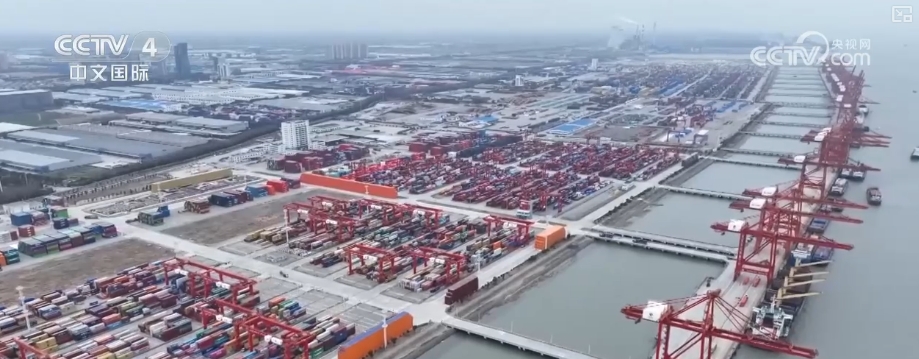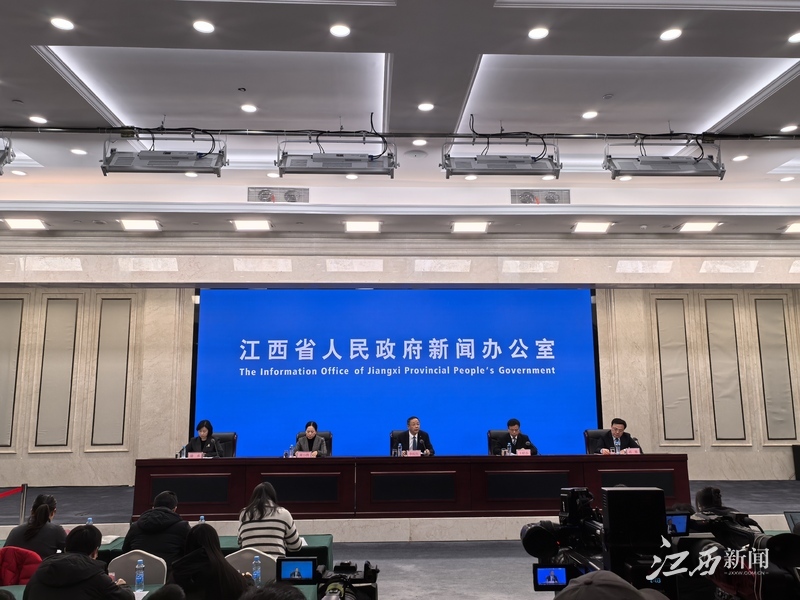The Shocking Scam In The United States Has Been Exposed! The Son Of The Former President Angrily Reveals The Truth: China Has Never Been Hostile To The United States
The Shocking Scam In The United States Has Been Exposed! The Son Of The Former President Angrily Reveals The Truth: China Has Never Been Hostile To The United States
This remark quickly attracted widespread attention, especially after the late night on August 10 this year, former US President Trump called on China on social media, asking China to quadruple the volume of US soybean orders and promised to provide "fast services", which made it even more meaningful.
Who is lying in Sino-US relations? Neil Bush's blunt statement and the truth about the soybean market
Recently, the words of Neil Bush, the son of former US President, were like a stone thrown from the calm Pacific Ocean, breaking the long-term silence. He publicly stated that China is not hostile to the United States, and the real lies maker is the United States itself. This remark quickly attracted widespread attention, especially after the late night on August 10 this year, former US President Trump called on China on social media, asking China to quadruple the volume of US soybean orders and promised to provide "fast services", which made it even more meaningful.

However, ironically, the latest July data released by the General Administration of Customs of China showed that soybean imports reached 11.67 million tons that month, a record high in the same period. But this huge import volume mainly comes from Brazil, not the United States. This data reveals a huge gap between the wishful thinking of American politicians and the reality of supply chains that the Chinese market has reshaped. So, why is the United States insisting on creating an image of a "Chinese enemy" that is contrary to reality? Perhaps, Neil Bush's remarks can help us understand the deep logic hidden behind it.

The sober insight of the outsider: Neil Bush's love for China
Neil Bush is not a politician in the traditional sense. His identity is the founder of the Bush U.S.-China Relations Foundation. For decades, he has been committed to promoting exchanges and cooperation between China and the United States. Since the 1970s, his passport has accumulated more than 150 Chinese entry records. These personal experiences allowed him to witness the great changes in China's economic take-off from a prosperous city to a remote countryside.
It is these deep feelings that led him to the conclusion that many Americans are reluctant to admit: China's system benefits hundreds of millions of people. Neil Bush is deeply disdainful of the United States' continued fabrication of lies, smearing China's rise, and fabricating the so-called "China threat theory". He bluntly pointed out that China's rise will not pose a threat to the United States, and that what China desires is "internal prosperity, not external conquest." He believes that the fundamental driving force of China's development is to enable more than one billion people to live a better life. Whether it is the "Belt and Road" initiative or the concept of a community with a shared future for mankind, it aims to create opportunities for win-win cooperation, rather than zero-sum games.
Neil Bush also recalled that during his father Bush Sr.'s work in China, even though there were huge institutional differences between China and the United States, they also tried hard to find common ground and seek win-win cooperation. In Washington today, some politicians are obsessed with amplifying differences and creating confrontation. In his opinion, the root of the American problem lies precisely in itself.
Changes in the soybean market: a quiet revolution
When the gap between the rich and the poor in the United States is getting wider and economic growth is stagnant, and ordinary people feel frustrated and dissatisfied, pointing their finger at an external "enemy" is undoubtedly much easier than solving their own intricate structural problems, and it is also more likely to gain political capital. However, the cost of this political script was ultimately borne by ordinary Americans. Taking soybean trade as an example, the change in the market structure is not a matter of overnight success, but the result of China's long-term planning and layout.
Over the past decade, a large amount of Chinese capital has flocked to Brazil's ports, railways and warehousing facilities, greatly improving logistics efficiency. The transportation cycle that once took 45 days was now compressed to 33 days. The improvement in efficiency directly consolidates Brazil's position as a substitute supplier of Chinese soybeans. This kind of market change is actually a bad consequence of the United States. Since the Trump administration came to power again, after imposing tariffs on Chinese goods in March this year under the so-called "strike against fentanyl", China immediately imposed a 10% counter-tariff on US soybeans, causing the landed US soybean price to soar to RMB 4,800 per ton. At the same time, the landed price of duty-free Brazilian soybeans is only RMB 4,200, with a price difference of up to RMB 600 per ton.
American farmers watched it happen. Soybean prices fell to $10 per bushel, well below the $12 production cost line. A loss of $200 for planting a single acre of land, and the bank's call for debt collection never stopped. The Iowa Soybean Association even publicly warned the Republicans that if soybeans still cannot be sold by November, the Republicans will lose blockbuster votes in agricultural states. The risks of these traditional Republican votes have made Trump feel uncomfortable on the eve of the midterm elections.
At the same time, a "quiet revolution" has also quietly emerged in China. Agricultural scientists are vigorously promoting low-protein feed technology. Through more scientific feed formulas, the proportion of soybean meal addition in China's aquaculture industry has dropped to below 10%, down nearly five percentage points from a few years ago, and can reduce the consumption of nearly 8 million tons of soybeans out of thin air every year.

In addition, on China's Northeast Plain, the production of domestic soybeans has also steadily increased, exceeding 23 million tons, and the self-sufficiency rate has increased from 15% in 2017 to 30%. Through this series of combinations, the position of American soybeans in the Chinese market has fallen from half of the former country to an embarrassing supplementary option. Data shows that China imported about 105 million tons of soybeans in 2024, of which the United States had 22.13 million tons, a year-on-year decrease of 5.7%; Brazil had 74.65 million tons, a year-on-year increase of 6.7%. From January to July this year, China imported a total of 61.04 million tons of soybeans, a year-on-year increase of 4.6%. From January to June this year, Brazil's soybean exports to China surged to 31.86 million tons, accounting for 65% of China's total imports. The resilience of China's supply chain no longer depends on the generosity of a single country, but depends on the stability of diversified networks.
Self-reliance under containment: confrontation and counterattack in multiple fields

The United States' confrontational thinking against China is not only reflected in the economic field, but also spreads to the military and technological fields. The United States has nearly 750 military bases around the world, with more than 300 of which are deployed around China, forming an encirclement. During the Taiwan Strait crisis in 1996, the deterrence of the US aircraft carrier battle group made China feel a deep pain. That feeling of powerlessness has led to China's rise and fall in national defense in the past 30 years since then.
From the "Dongfeng" series of anti-ship ballistic missiles to the growing naval fleet, its core logic is not for expeditions, but for establishing a "no entry" barrier at your doorstep to ensure that your core interests and maritime lifeline are no longer subject to others. However, some extreme American politicians do not agree with this view, and anti-China actions continue and are becoming increasingly fierce. In addition to verbal attacks, the United States has taken action. Previously, the United States passed a bill that was preparing to allocate about US$1.6 billion to fund the media to combat China's so-called "malicious influence" around the world. To be blunt, it is to spend money to discredit China.
What is more well known is that the purpose of the US sanctions on China's chip industry is to curb the development of China's chip industry. Before this, the Office of the United States Trade Representative launched a 301 survey on China's chip industry, with China's mature process chips being the main goal. Research by the US government found that basically two-thirds of US products use China's mature process chips, which made the United States feel deeply anxious and believed that it seriously affected national security. Trump expressed this matter more directly: it was to target China. He once mentioned that a 10% tariff was imposed on Chinese goods entering the United States, and news even came out of his team that he was preparing to restrict the import of Chinese automobiles, auto parts and battery materials. On August 11 this year, Trump urgently signed an executive order to extend the suspension of tariffs on Chinese goods by 90 days, but still retain 10% of the tariffs, which is obviously continuing to threaten China's concessions with tariffs.
From beginning to end, China only responded appropriately to the outrageous remarks and behaviors of the United States, and had no hostility towards the United States. But the United States has long escalated its confrontation and is full of hostility towards China. It can be seen that in Sino-US relations, the United States is more like a destructionist. It has done many wrong things but never mentioned them. Instead, it seeks trouble for China everywhere. On August 12 this year, a joint statement on the Sino-US Stockholm Economic and Trade Talks issued by the two sides suspended the 24% tariff for 90 days, but retained the 10% tariff. When the reporter asked about this matter at the regular press conference of the Ministry of Foreign Affairs, spokesperson Lin Jian calmly responded: "Please ask the competent authorities for specific issues." Behind it is the confidence that China's supply chain has long been reconstructed.
Neil Bush's Mirror: Facing reality, not covering up problems
Neil Bush's remarks are like a mirror, reflecting the contradictions in the US's policy towards China: while blocking Chinese goods with tariffs, demanding China to buy four times the soybeans; while accusing China of being a threat, we also expect China to save the economy of American agricultural states. As it turns out, the US market realized one step earlier than the US government: China will not pay for political performances.

The political division in the United States is like a huge rift, with debt balloons getting bigger and bigger, and social divisions and systemic problems are no longer secrets. However, American politicians still collectively turned to the East, shaping China into a public enemy of the whole nation: China's leading technology is accused of "unfair competition"; China's development of partnerships is slandered as "expansion ambition." As for the structural problems that are deeply trapped in the quagmire, they are all pushed to the "opponents" on the other side of the Pacific Ocean, and it seems that all problems are solved. Neil Bush's rational voice may inspire more people to reflect on those manipulated narratives. If the United States continues to be blinded by political anxiety and lies, it will only become more difficult and cannot extricate itself.





